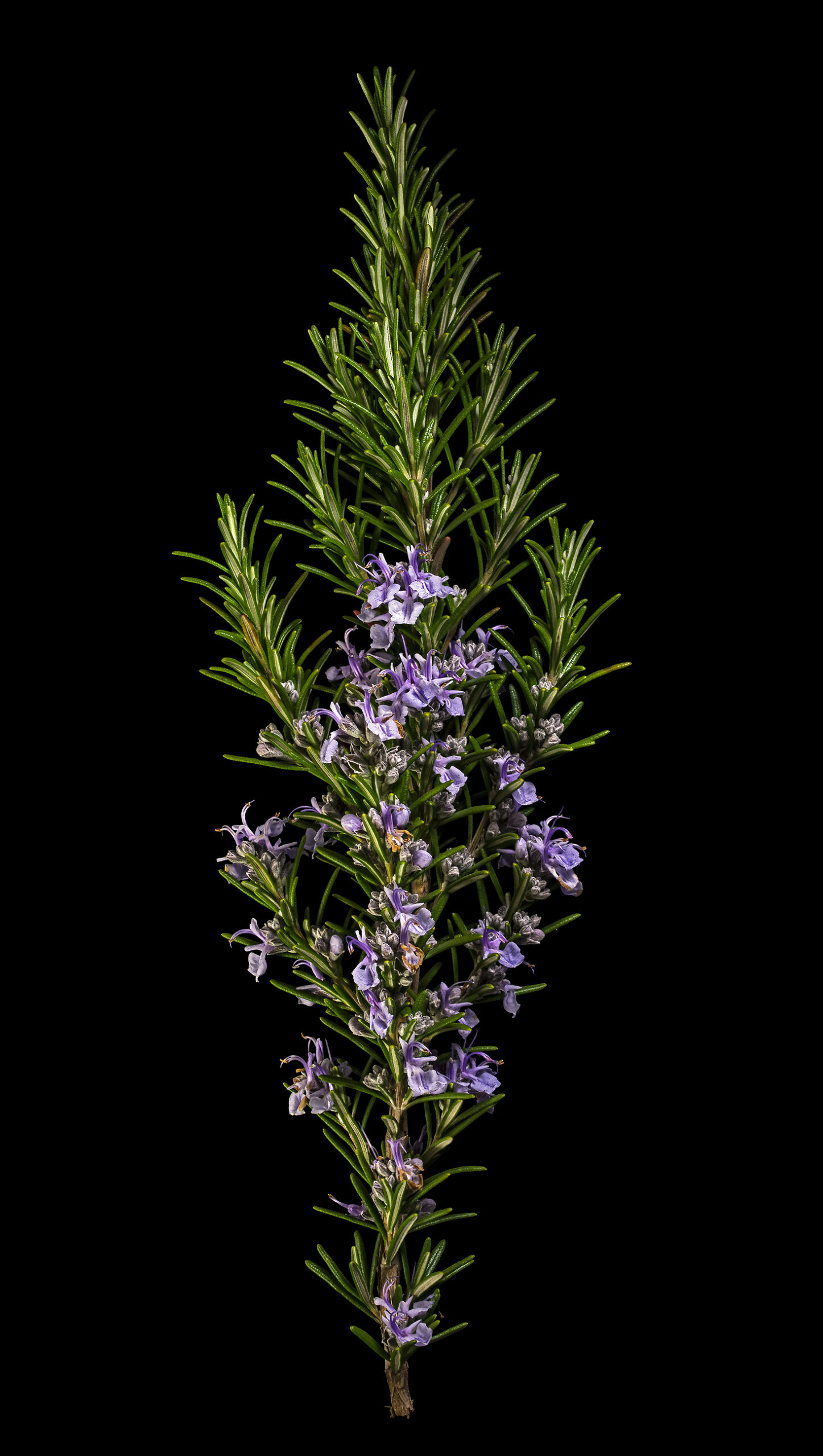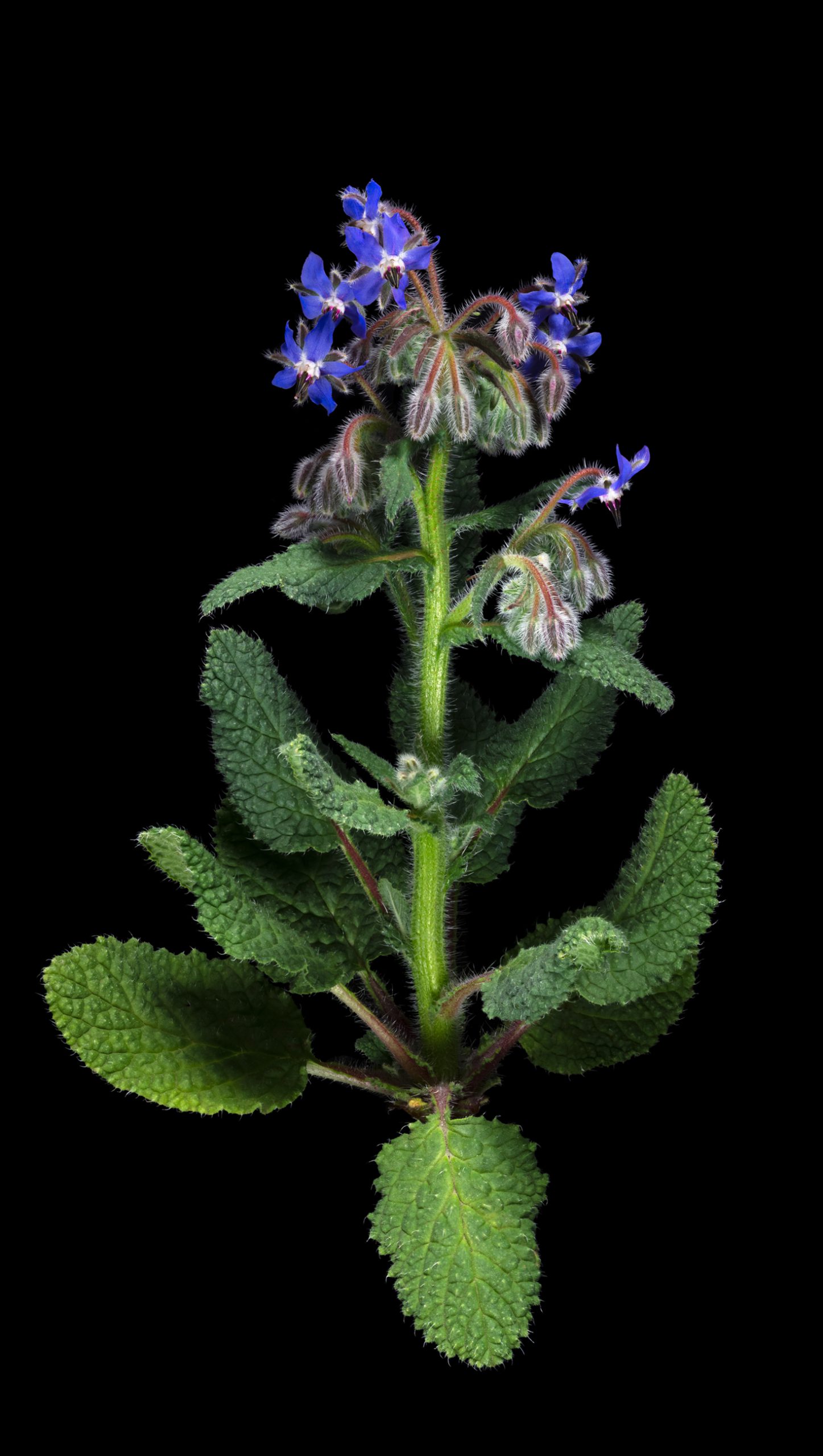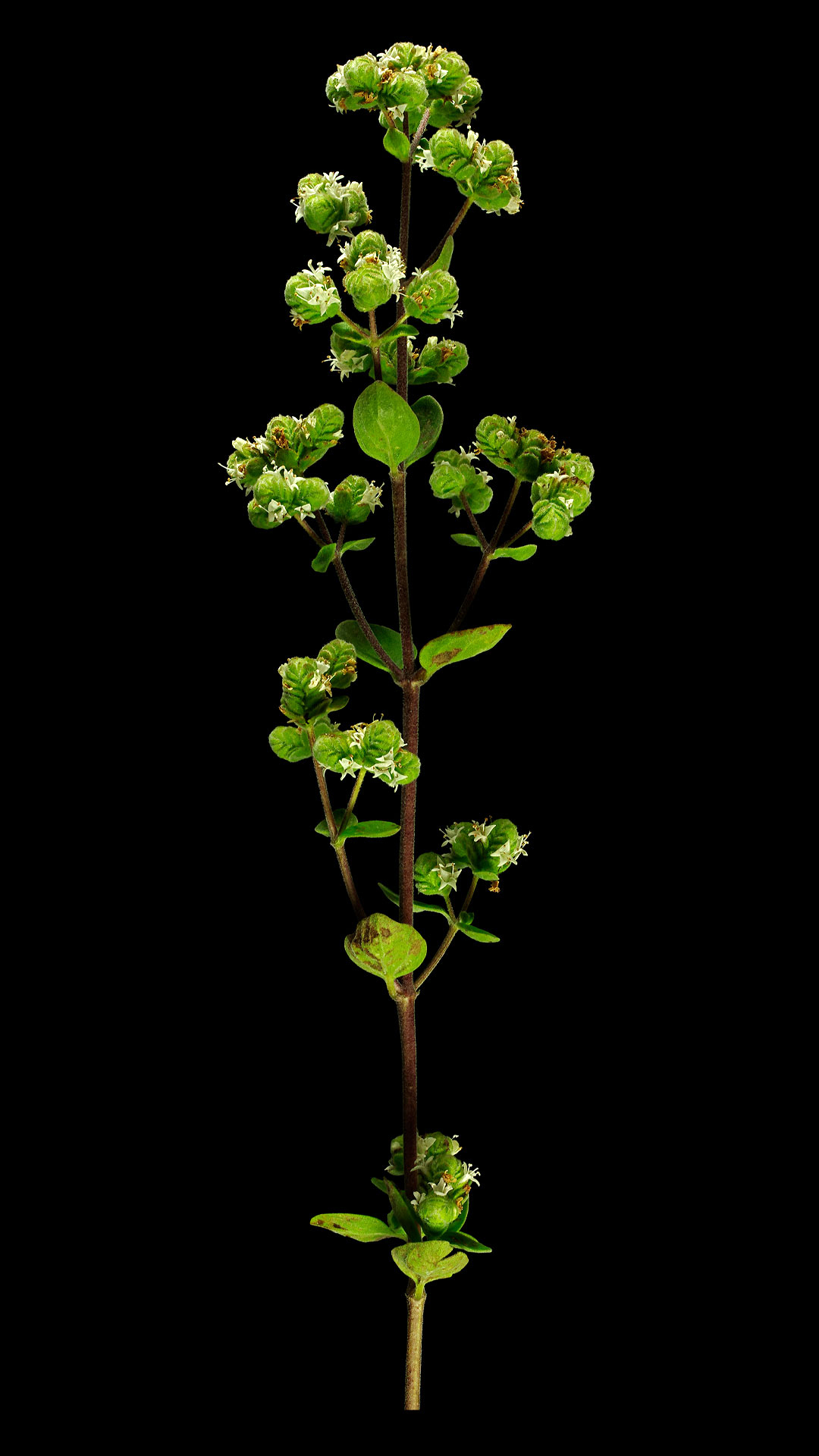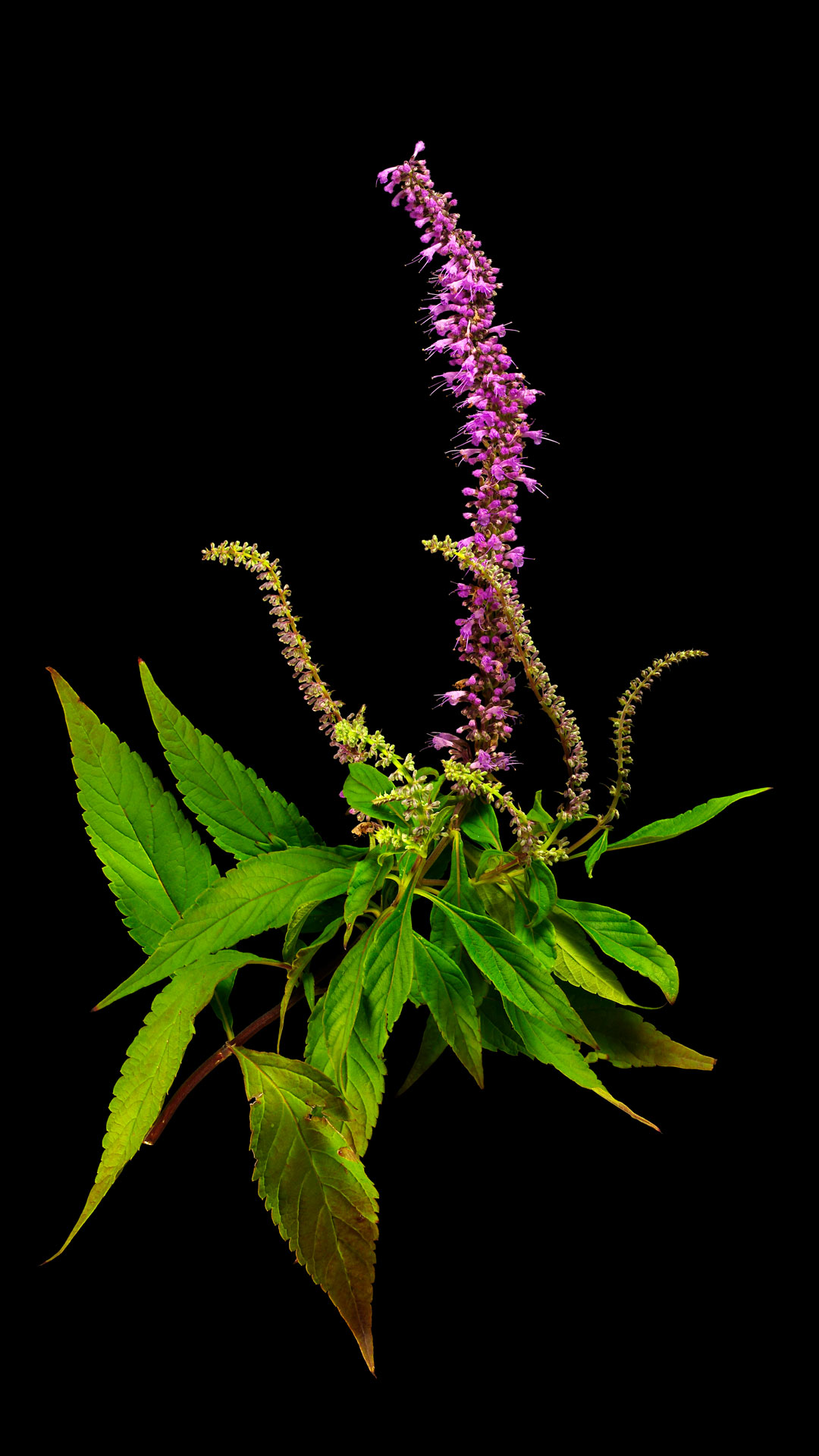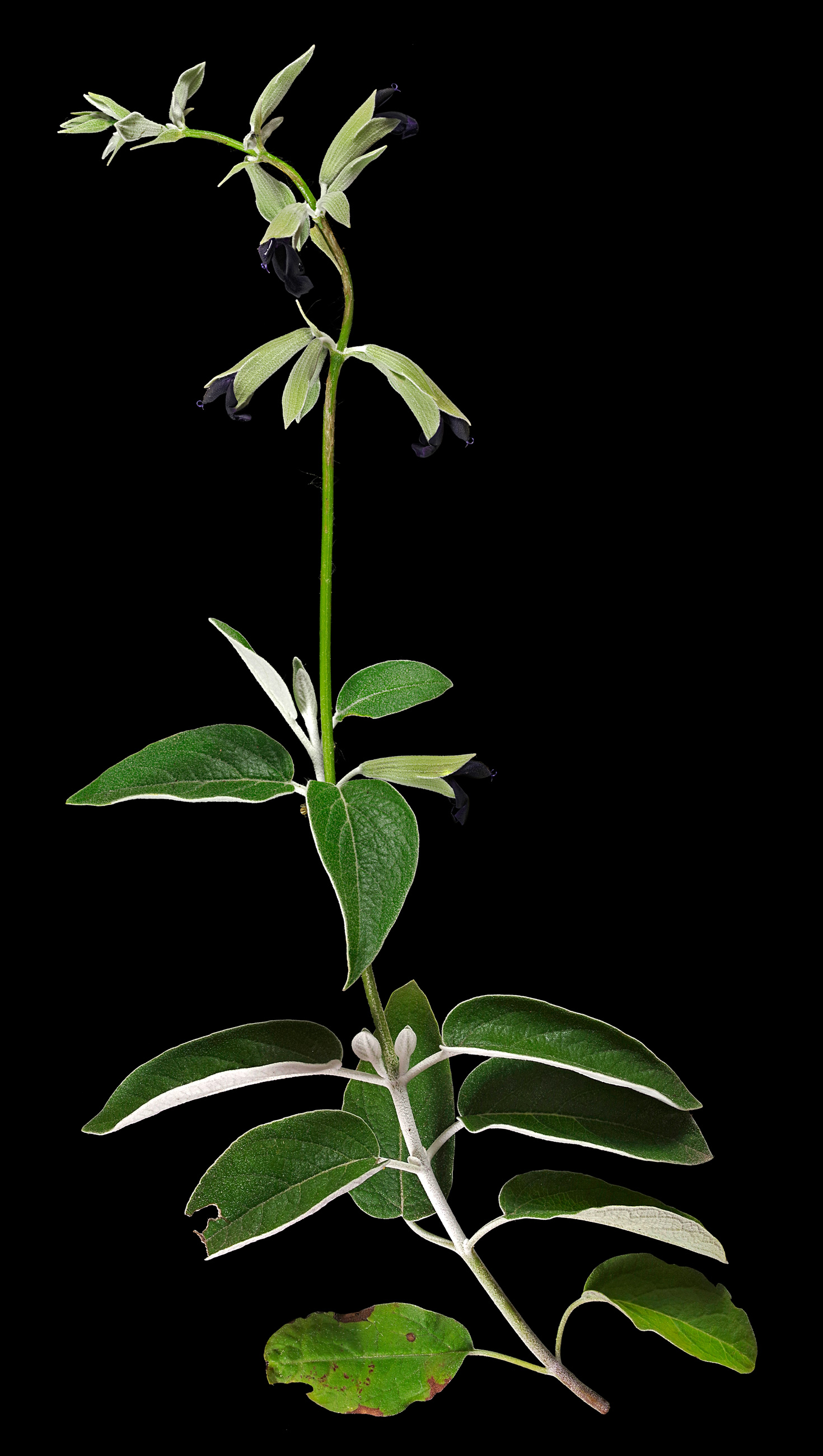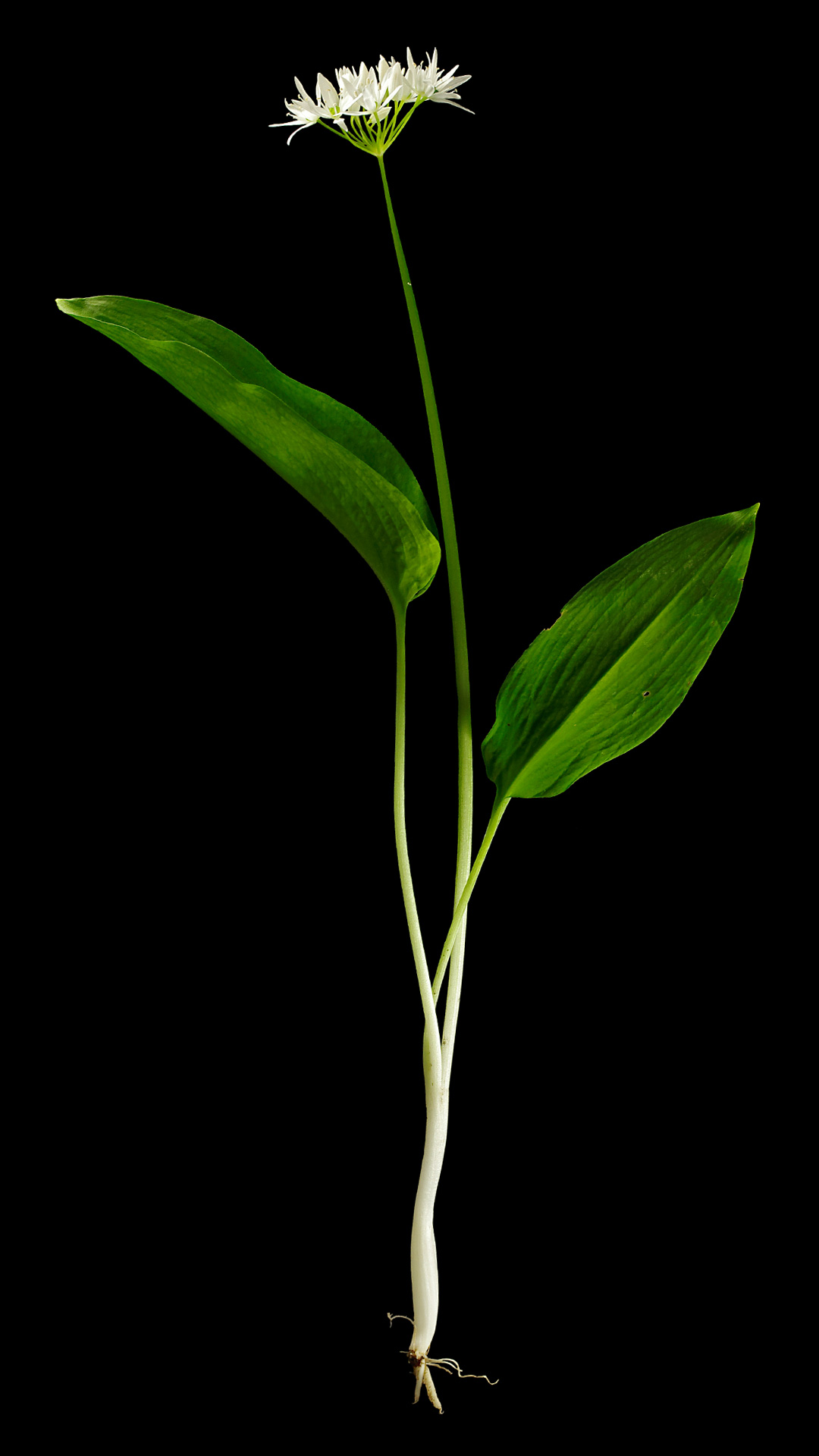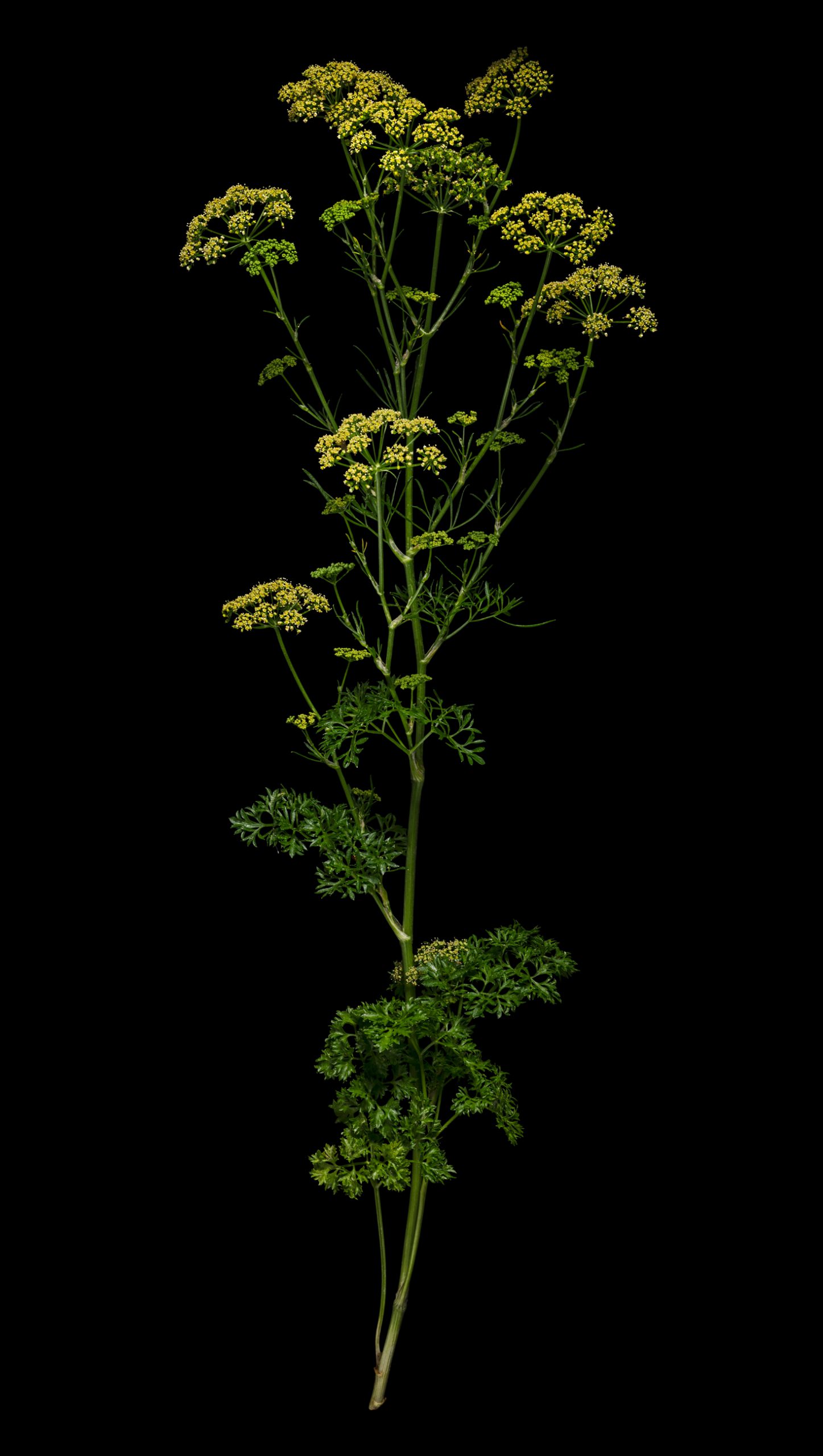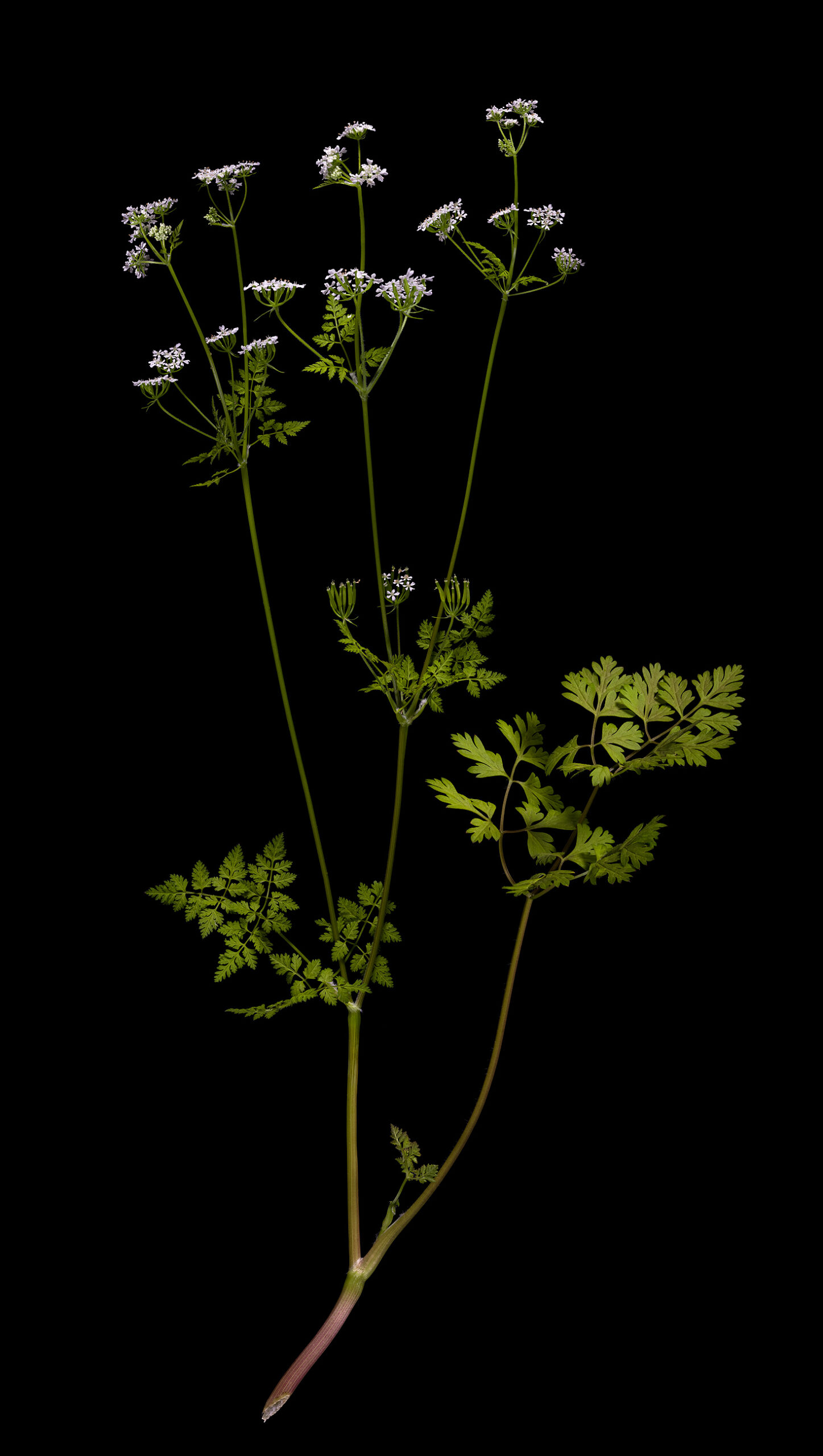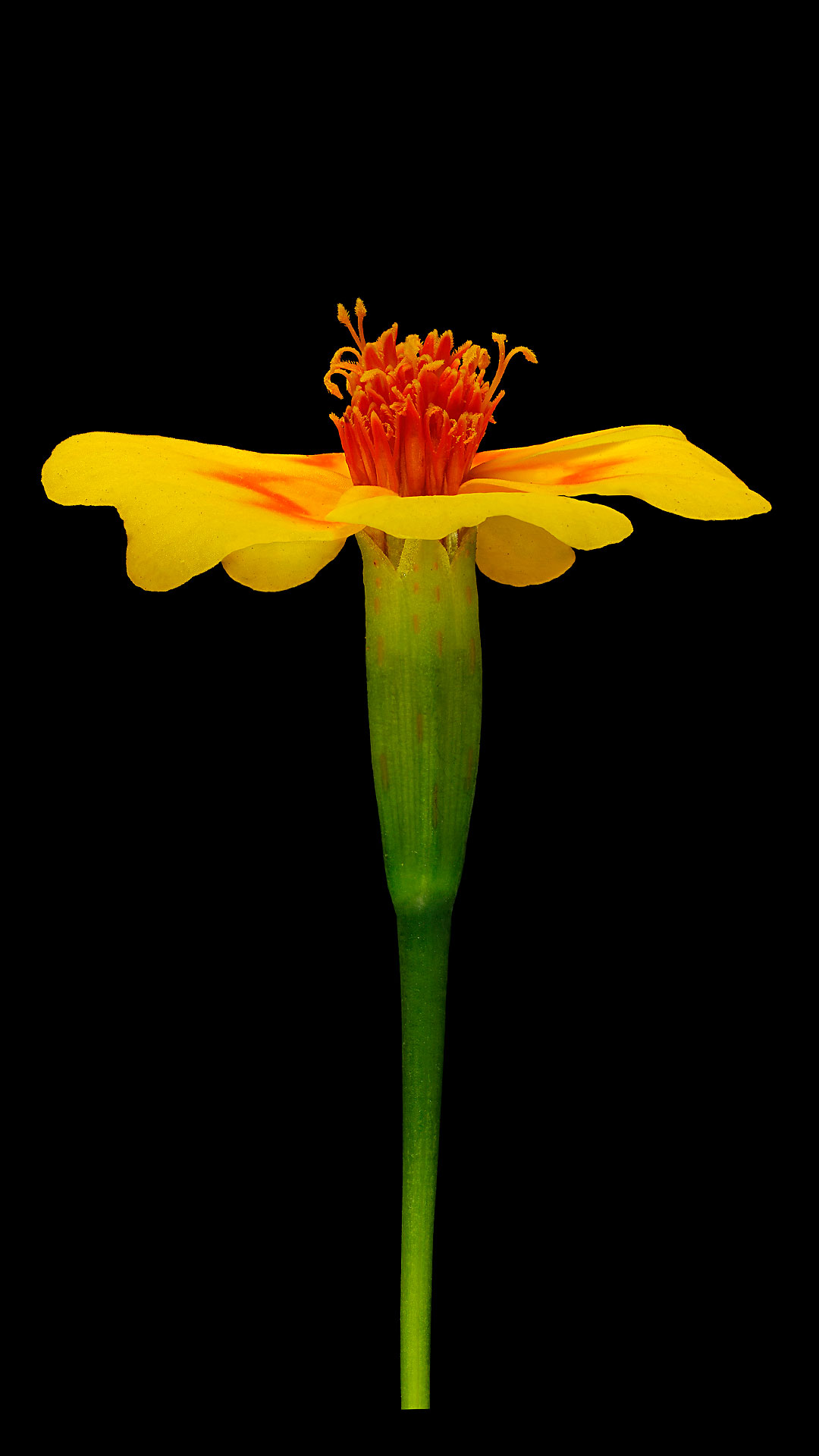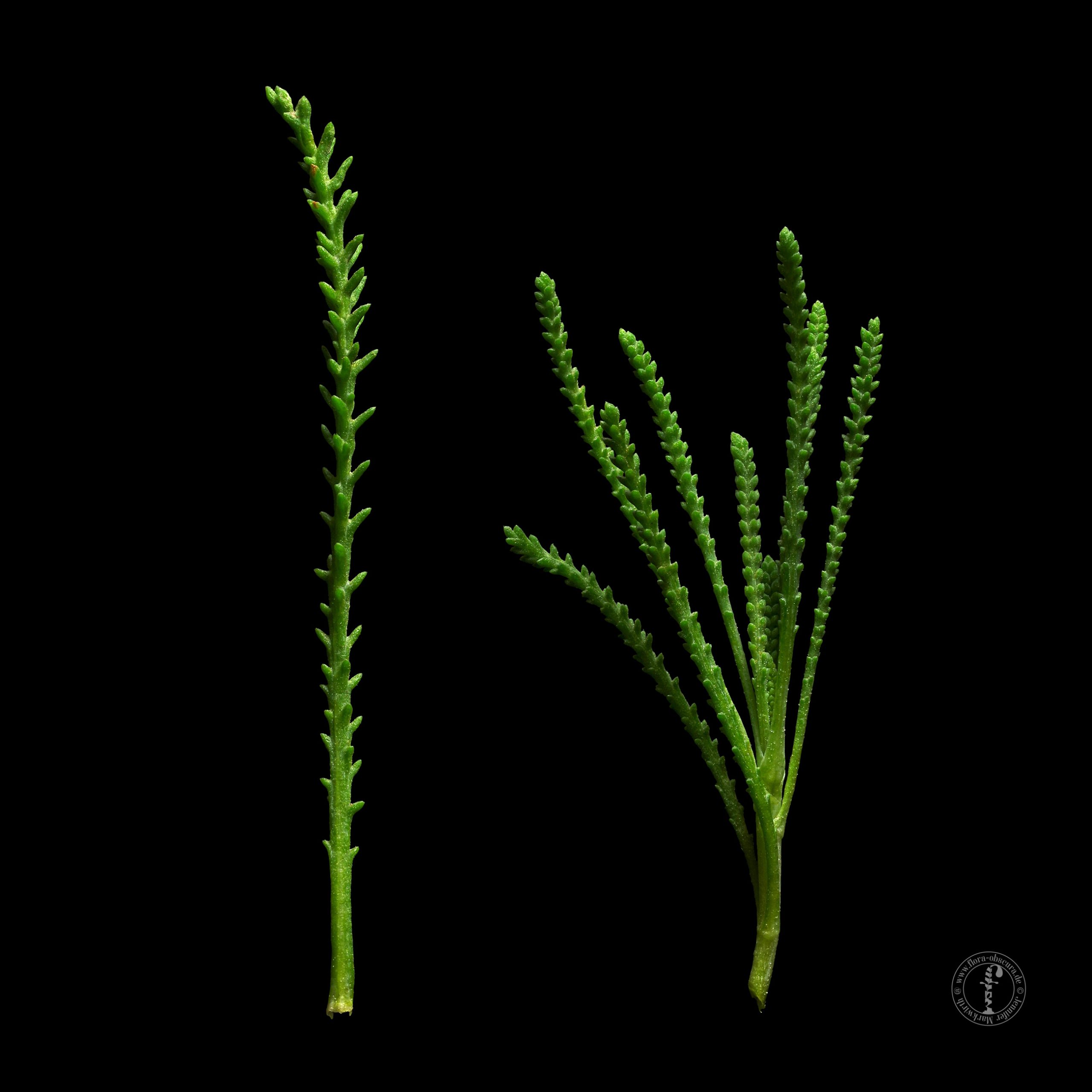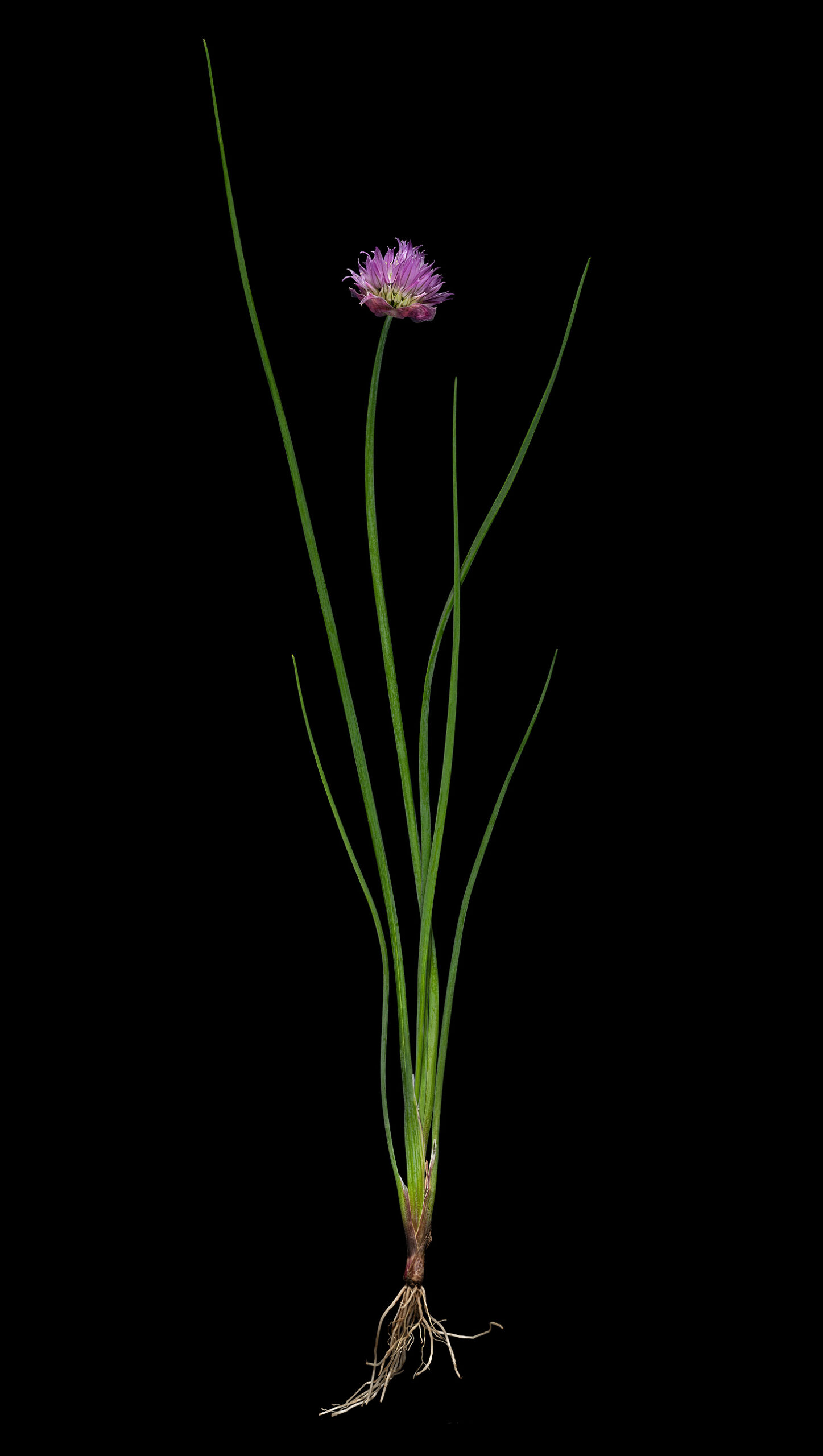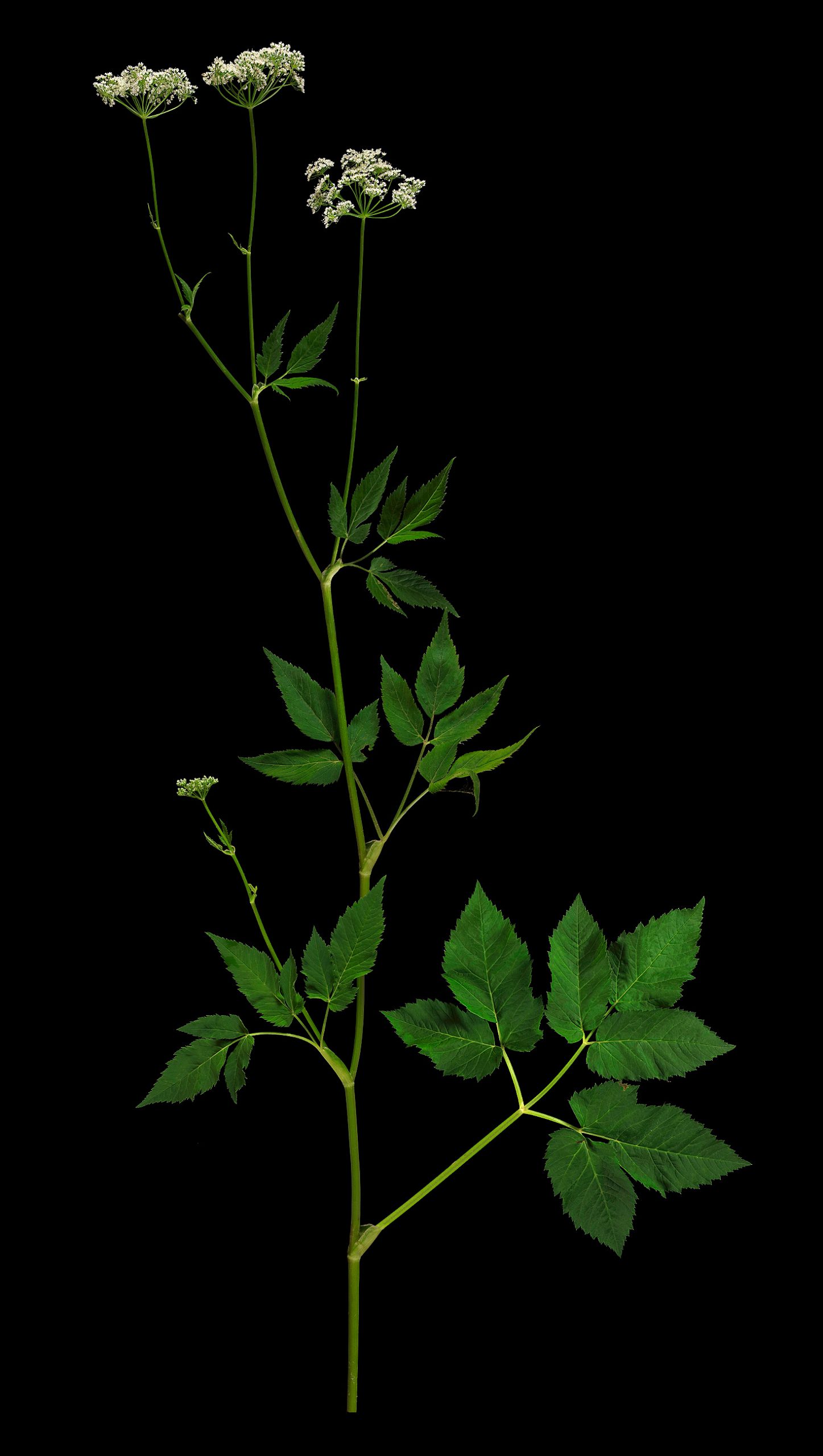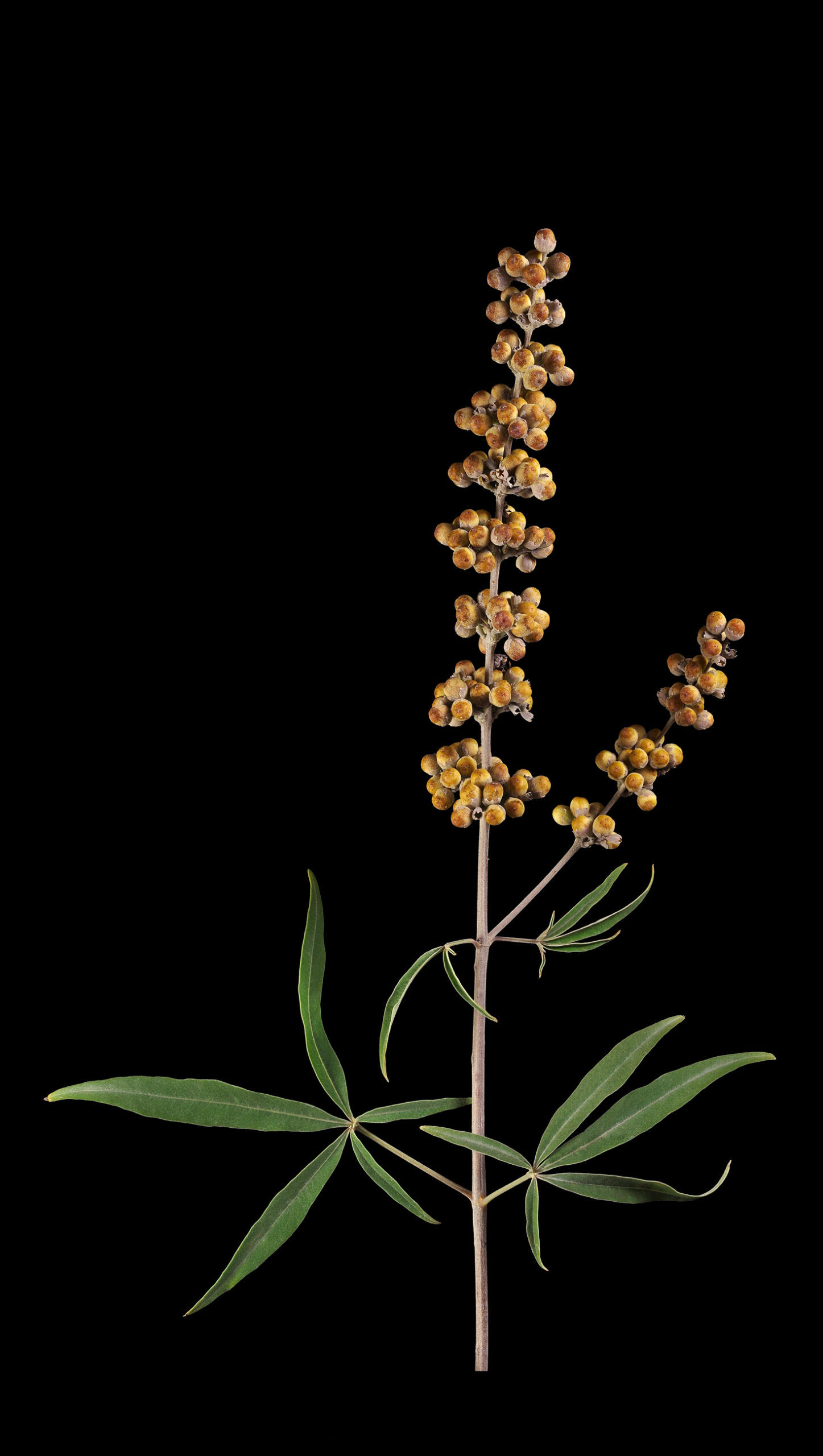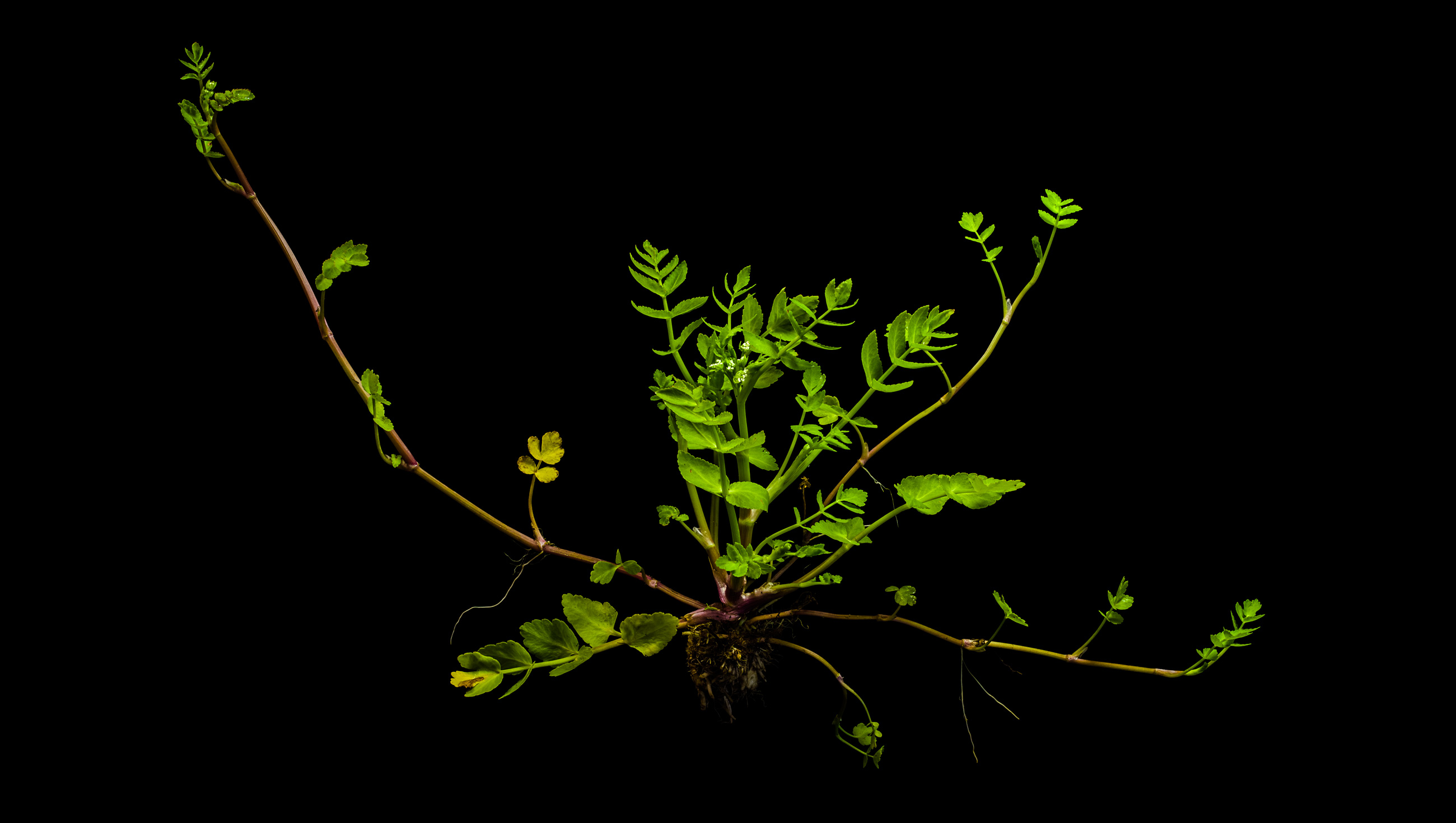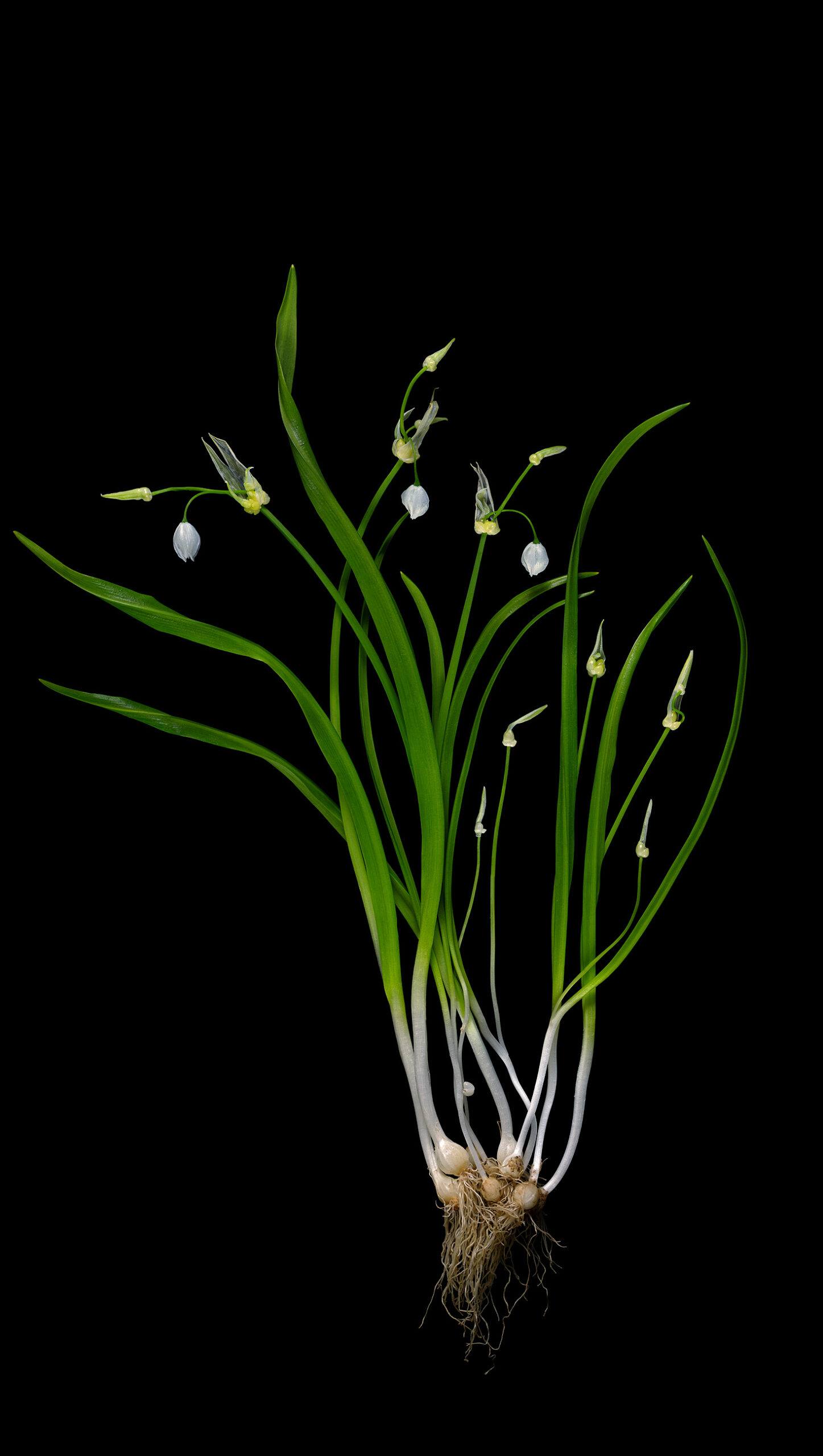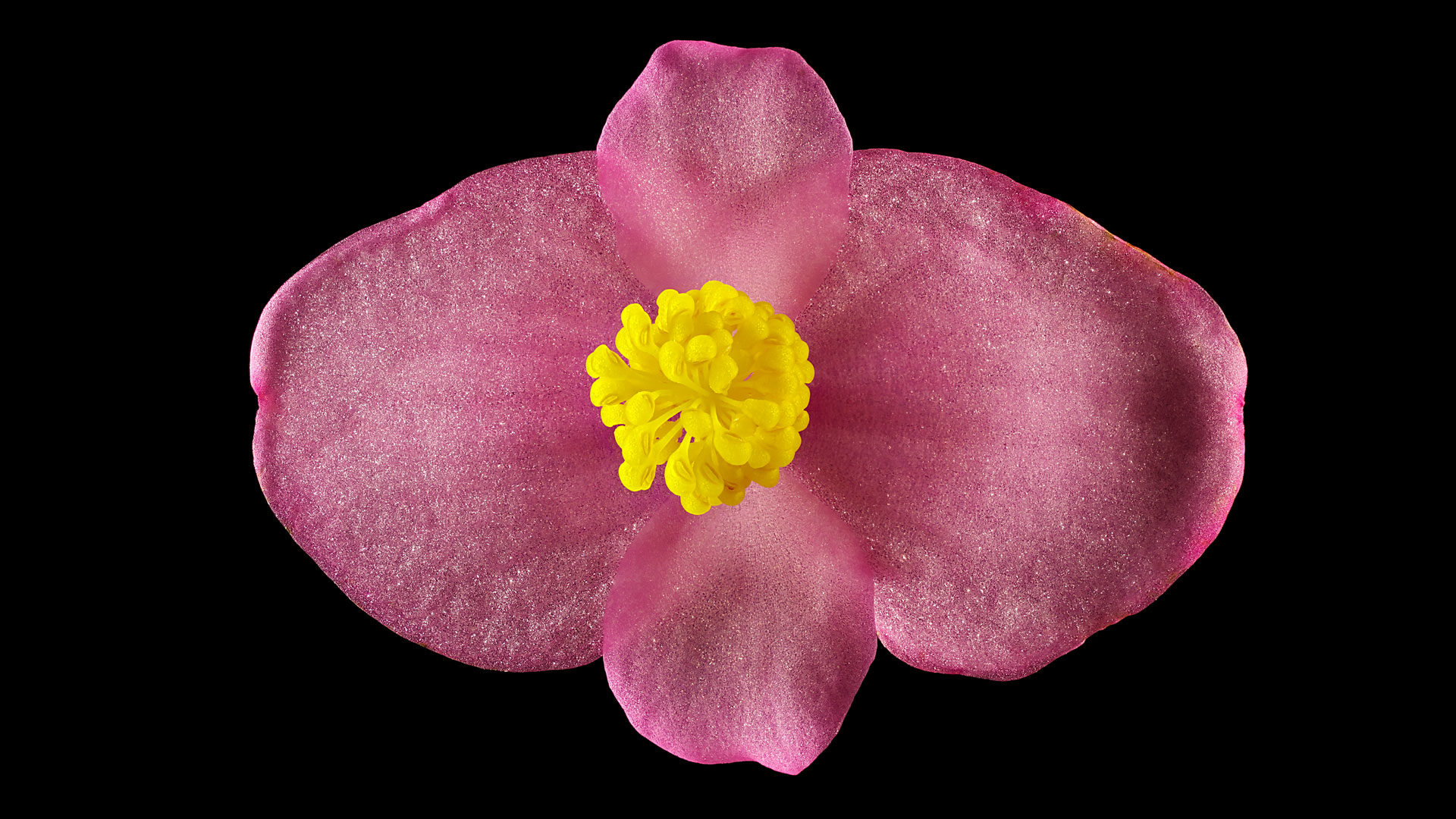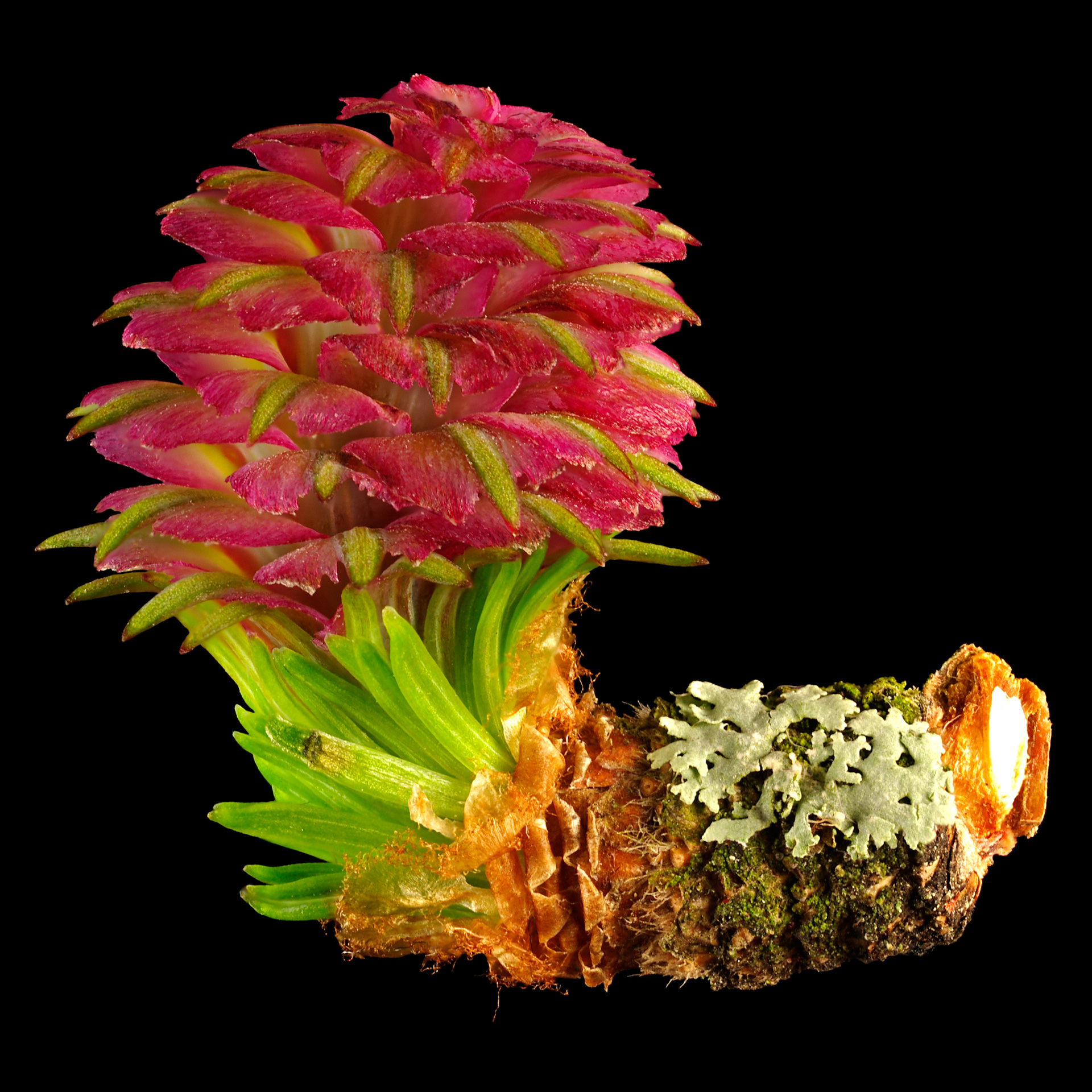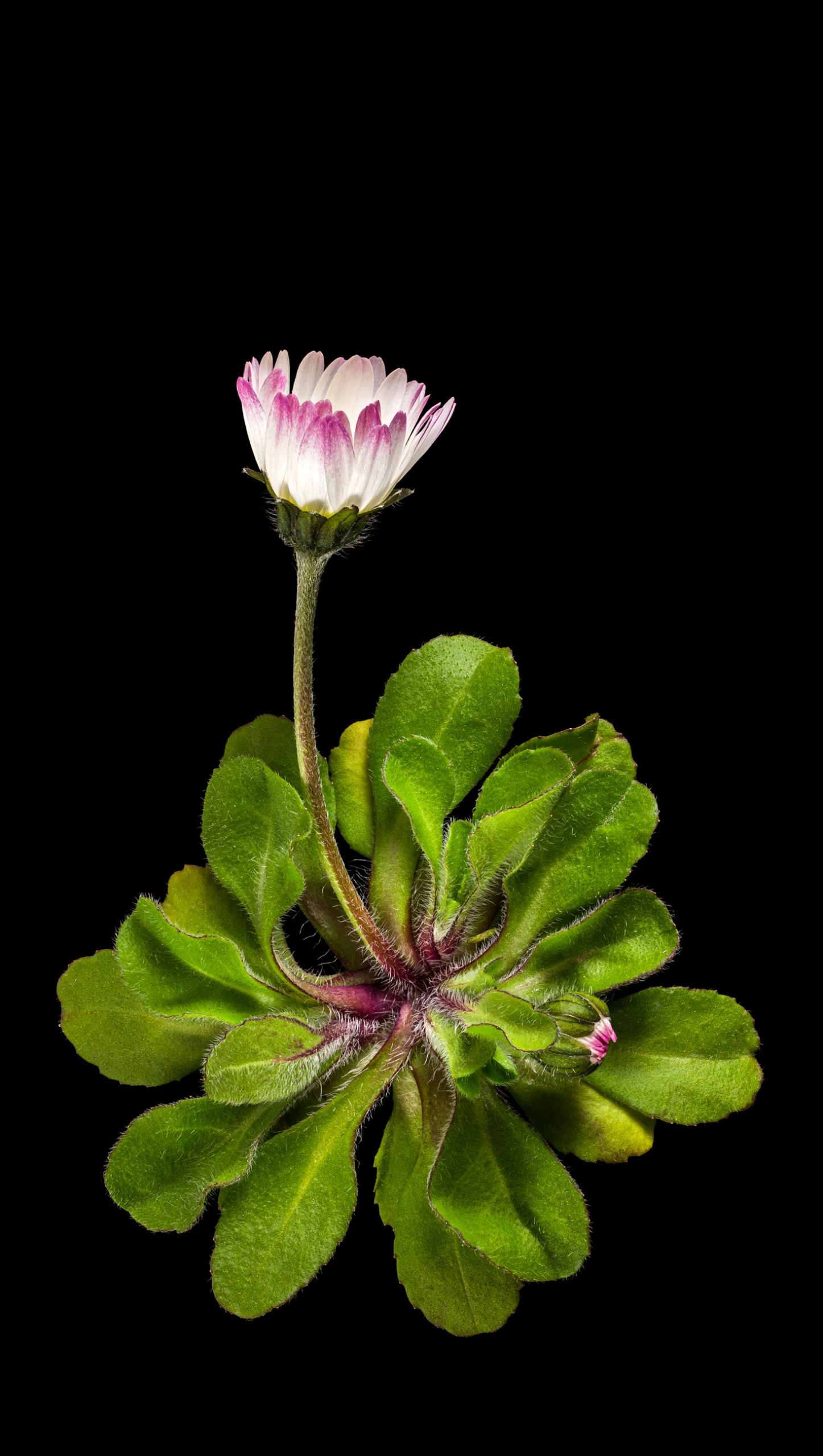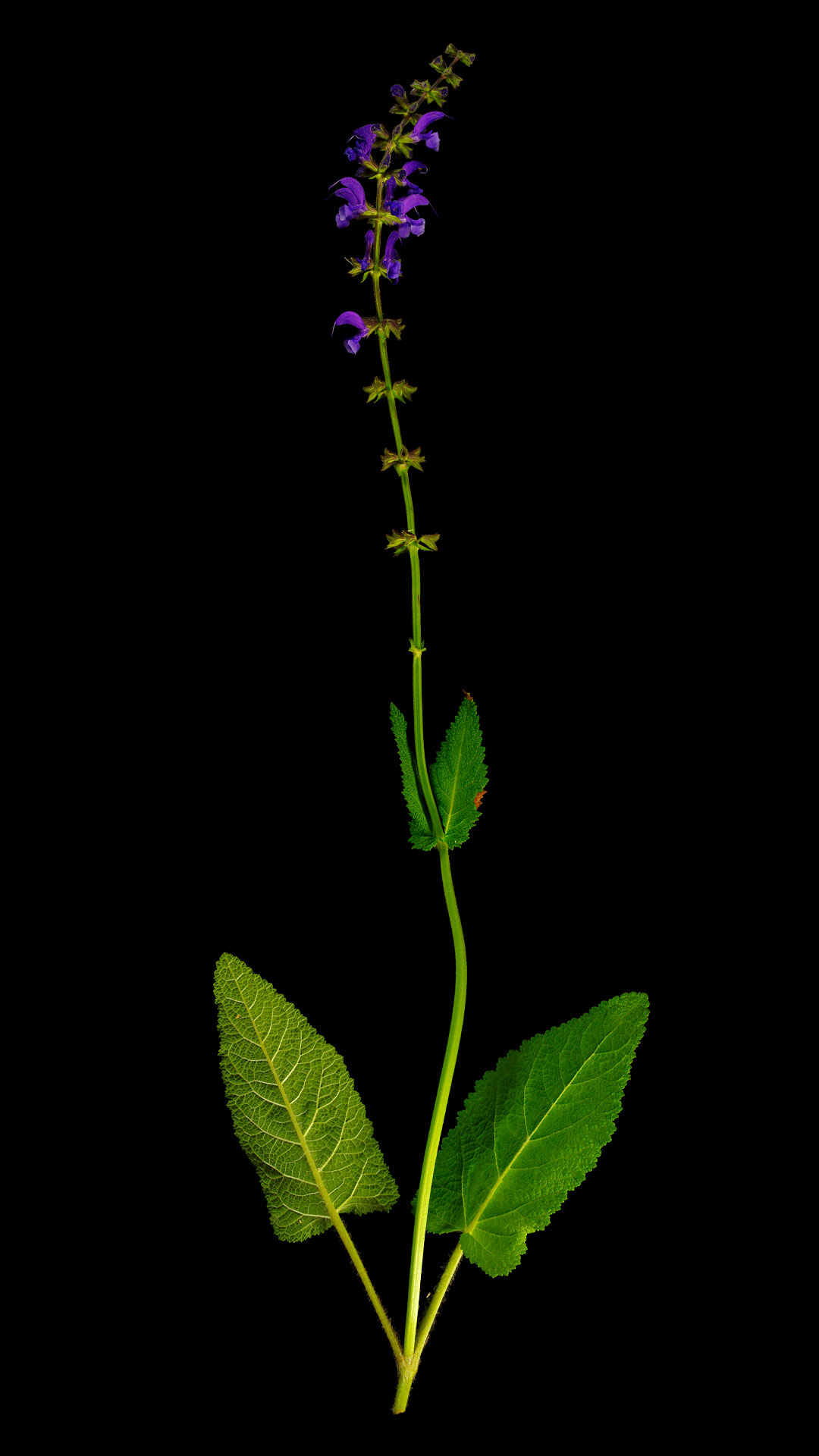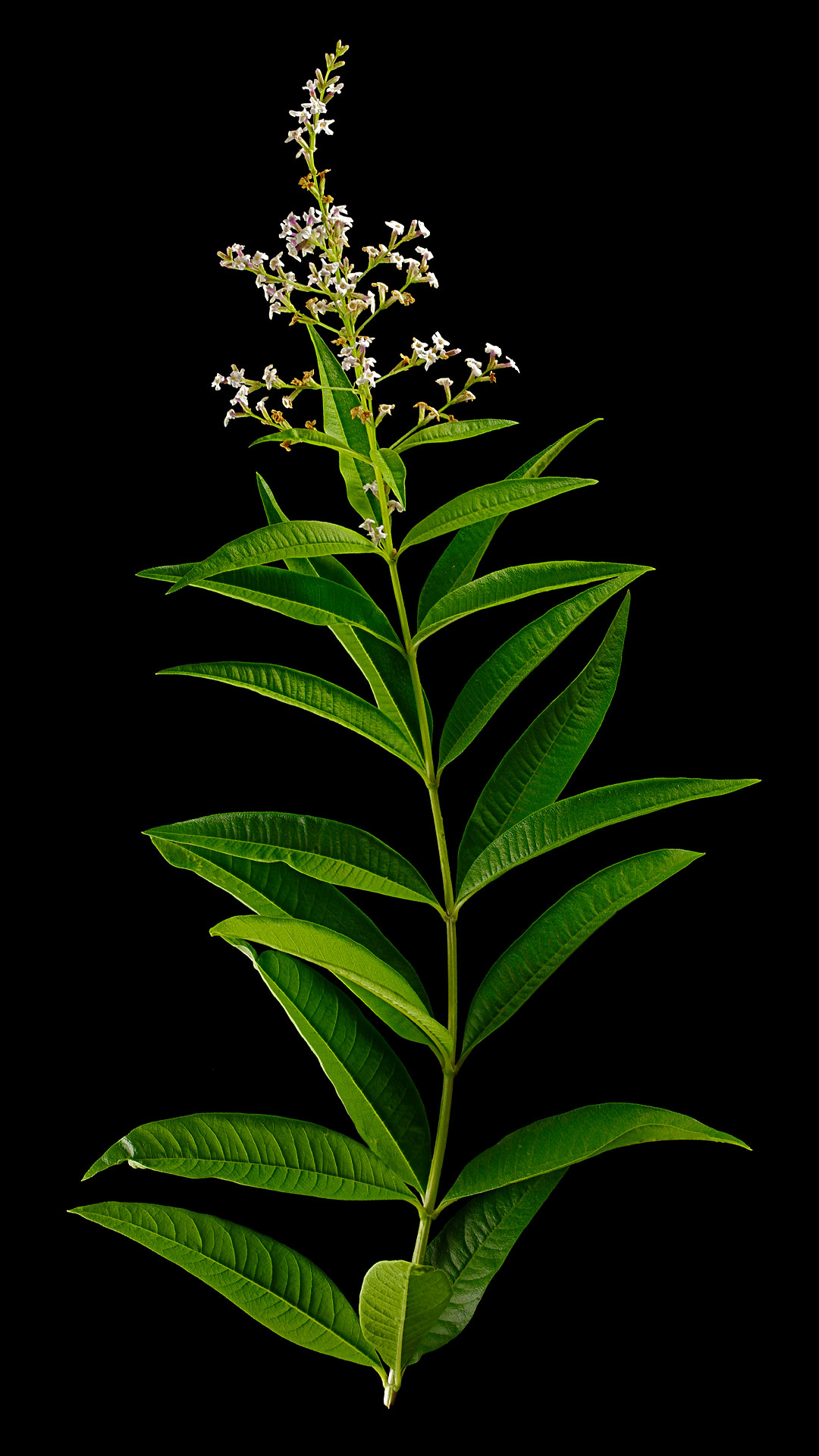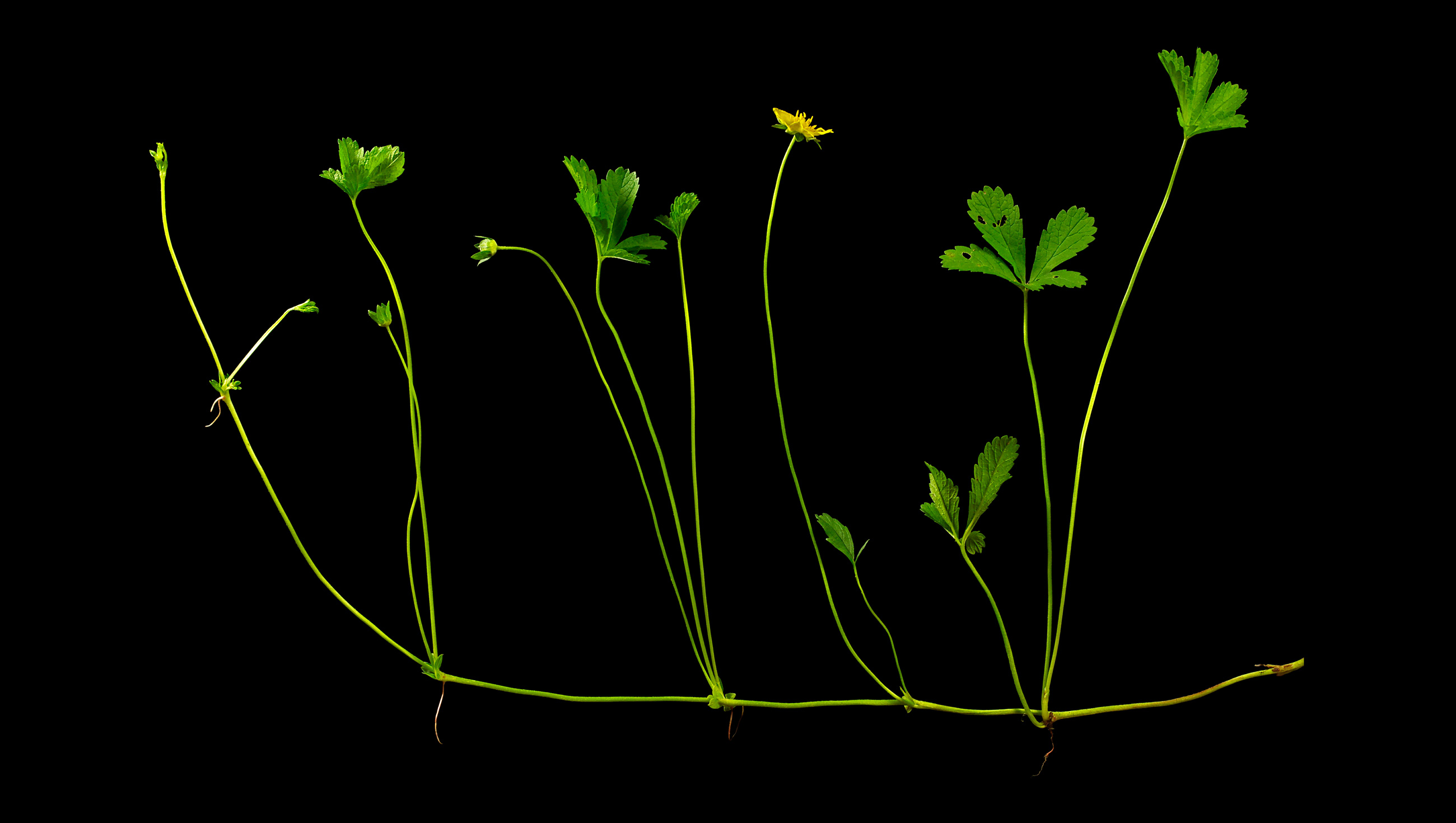Search Results for herb
The whole herb, including the deep purple flowers, can be eaten raw as a salad or cooked as leaf vegetables.
The crushed leaves of oregano should not be missing on any pizza and give many other dishes of Italian cuisine an unmistakable aroma.
Rosemary is an important kitchen herb and spice. It is a component of the herb mixture “Herbs de Provence”.
The finely chopped leaves of borage even taste good in fruit salad or can be made into a kind of spinach.
The whole herb is used with flowers and stems, both fresh and dried. It goes very well with potato dishes and legumes.
The leaves taste like a mixture of caraway, mint and lemon.
The deep purple, black-looking flowers, however, taste very sweet due to the rich nectar they contain, so that they can be nibbled or used well in tea and on desserts.
Wild garlic can be collected in the spring from March to the end of April in many places in the forest. There it grows as a dense, dark green carpet.
Parsley is used as a fresh, aromatic kitchen herb, added to savory cold dishes or stews and sauces just before the end of cooking.
Chervil tastes like aniseed or tarragon. It is used to season soups, salads, sauces and herb butter and is one of the seven herbs in Frankfurt’s green sauce.
Flowers and leaves give a good, fresh and decorative kitchen herb in salads, whose taste is not particularly reminiscent of the flowers odor.
Green santolina is at home in Mediterranean cuisine. It can be used fresh in salads or marinades for seasoning and develops a slightly resinous aroma.
Chives are finely chopped or cut with scissors, and are used in herb butter, sauces and various other herbal preparations.
Ground elder or goutweed is a widespread herb plant that can be found almost all year round and can be used as a wild vegetable not only in times of need.
Fruits and leaves of “Monk’s pepper” work as spices. Especially the hot tasting fruits can be used as a pepper substitute.
This wild vegetable, which tastes like a mixture of celery, carrot green and parsley, is particularly popular as an ingredient for green smoothies. The tender leaves also refine salads or stews and spinach.
Few-flowered leek: Allium paradoxum The leek with the bell-shaped flowers Few-flowered leek can grow in a dense, lawn-like stand. It is edible like spring onions, although the "tuber" remains somewhat smaller and the whole plant has a more delicate growth.
Hardy Begonia: Begonia grandis x Begonia evansiana Kitchen herb and decoration The pink flowers of Hardy Begonia are a pretty decoration in salad or - sugared- on confectionery. They have a lemony flavour. The yellow stamens of the male flower
Larch liqueur or larch spirit can be produced from the pink, female flowers of the European larch.
Eat the young leaves and the unopened flowers, which can also be used as a substitute for capers.
The leaves of the meadow sage are used like the common sage, but they are milder.
If the rough leaves are rubbed, an intense, fresh lemon aroma spreads immediately.
Finely chopped, creeping cinquefoil is suitable as a seasoning herb in salads or dried in herbal salt. In summer the fresh flowers can be used as edible decoration.





